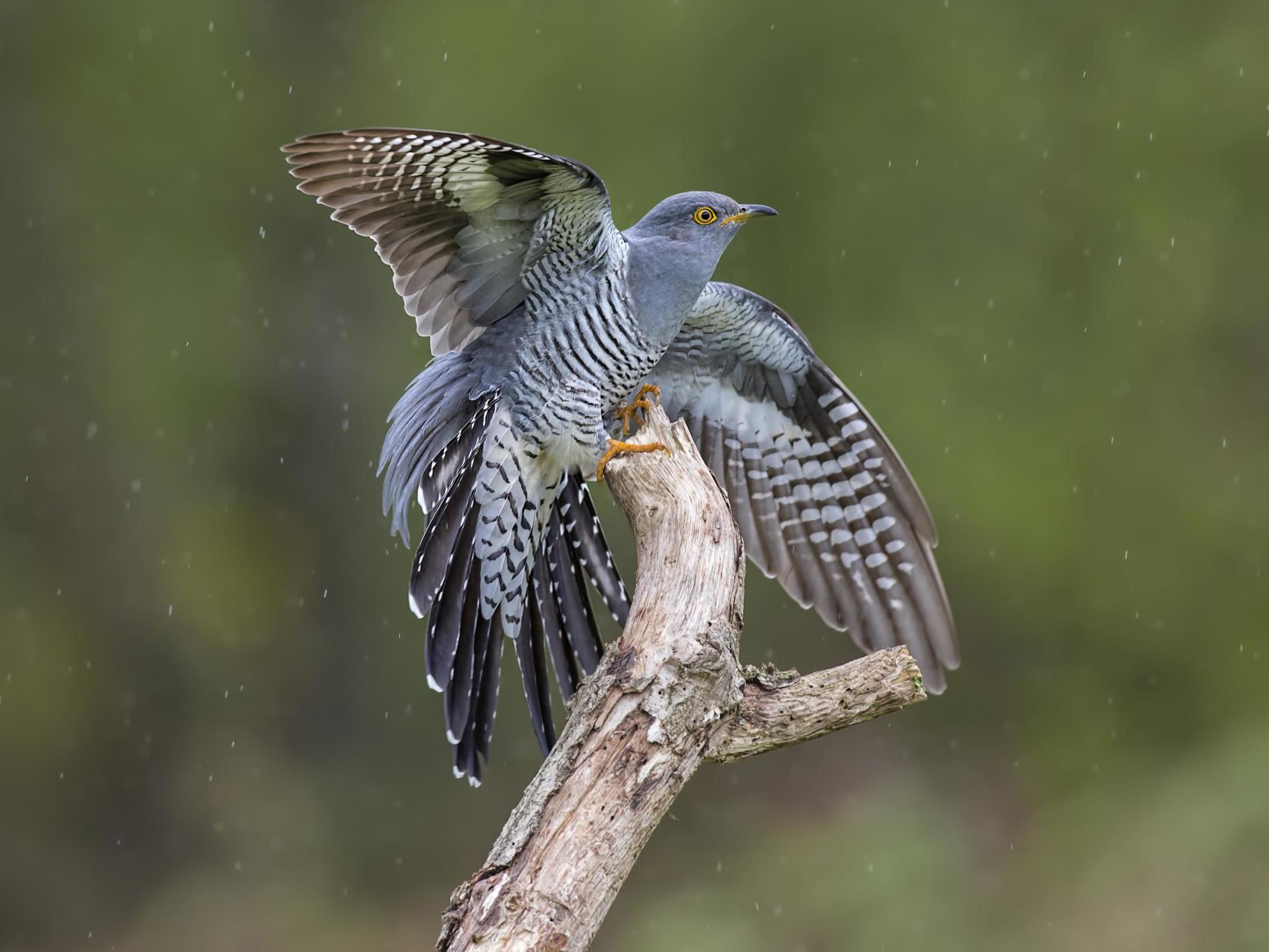Your support helps us to tell the story
From reproductive rights to climate change to Big Tech, The Independent is on the ground when the story is developing. Whether it's investigating the financials of Elon Musk's pro-Trump PAC or producing our latest documentary, 'The A Word', which shines a light on the American women fighting for reproductive rights, we know how important it is to parse out the facts from the messaging.
At such a critical moment in US history, we need reporters on the ground. Your donation allows us to keep sending journalists to speak to both sides of the story.
The Independent is trusted by Americans across the entire political spectrum. And unlike many other quality news outlets, we choose not to lock Americans out of our reporting and analysis with paywalls. We believe quality journalism should be available to everyone, paid for by those who can afford it.
Your support makes all the difference.A cuckoo has completed one of the longest migrations ever recorded by any land bird after flying more than 7,500 miles (12,000km) from southern Africa to its birthplace and breeding grounds in Mongolia.
The bird, named Onon, crossed 16 countries in his “mammoth journey”, facing down ocean crossings and high winds on the way. He arrived at the Church Bird Banding Station in Mongolia at 3.22pm local time on Wednesday, bird conservation organisation Birding Beijing said.
Scientists from the Mongolia Cuckoo project – a joint initiative involving Birding Beijing, the British Trust for Ornithology (BTO) and the Wildlife Science and Conservation Center of Mongolia – fitted five cuckoos with satellite tags in June 2019 to monitor long-distance migration.
Onon is the only one that has since completed a round trip from Mongolia to his winter home in Zambia and back again, covering a total of 26,000km.
“Onon is home! As of 1530 local time on 27 May 2020 he is in the vicinity of Khurkh Bird [Banding] Station, where he was fitted with his tag in June 2019, after a round trip of 26,000km, including 27 border crossings involving 16 countries,” said Birding Beijing on its website, which posts regular updates on the whereabouts of the birds.
“Remarkable navigation and endurance. And now he has no time to waste as he needs to set up his territory, defending it from competing males and mate with as many females as possible!”
Chris Hewson, senior research ecologist at the BTO, told the BBC the project has revealed much about the knowledge birds that migrate long distances have in order to make the journey.
“I think the big takeaway is that the birds are able to travel so far and often so fast that they must be able to find suitable conditions for fattening and also know exactly where to go to get favourable wind conditions to help them, for instance, to cross the Indian Ocean.
“So the costs of migration clearly aren’t as great as we thought in the past,” he said.
But the birds still face danger from predators, storms and starvation. There are concerns that one of the tagged birds, named Bayan, may have died as the project has not received signals from its tag since 12 May.
Bayan and Onon were both on similar routes until Bayan reached China’s Yunnan Province.
“It’s a reminder that migration is tough and there are many threats along the way – bad weather, predators and difficulty finding a good stopover site due to habitat loss, to name a few – and every years a significant percentage of migratory birds don’t make it,” said Birding Beijing in an update on Bayan.
“Whatever the reason, it highlights the need for us all to better protect the habitats that migratory birds need all along their migration route. These birds are shared by all of us in the countries along the route – from Mongolia to Mozambique – and, with that, comes a shared responsibility to do what we can to protect them.”

Join our commenting forum
Join thought-provoking conversations, follow other Independent readers and see their replies
Comments